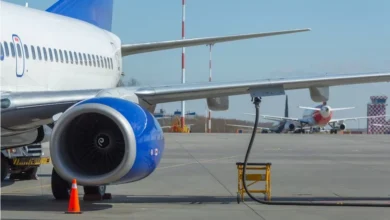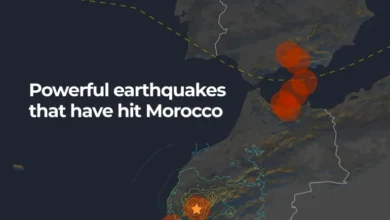Robot ships: Huge remote controlled vessels are setting sail
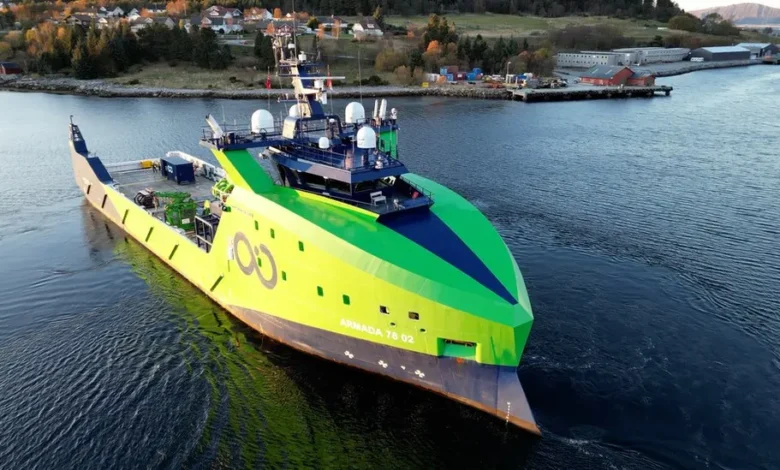
It sounds like science fiction. Ocean-going ships with no-one on board. But this vision of the future is coming – and sooner than you might think.
You can glimpse it in a Norwegian fjord where a huge, lime-green vessel is being put through its paces. At first glance, it seems like any other ship. Look closer, though, and you suddenly see all the hi-tech kit. Cameras, microphones, radars, GPS and all manner of satellite communications.
“We’ve added a lot of additional equipment and designed her especially to be what we call ‘robotic’,” says Colin Field, the head of remote systems at US-UK company Ocean Infinity (OI).
The ship is part of OI’s new “Armada” – a fleet eventually of 23 vessels – that will survey the seabed for offshore wind farm operators and check underwater infrastructure for the oil and gas industry.
Strikingly for a ship that’s 78m (255ft) in length there are only 16 people on board. A traditional ship carrying out the same kind of work would need a crew of 40 or 50. OI believes it can reduce the numbers still further.
That’s because many of the roles can be done hundreds of miles away on land.
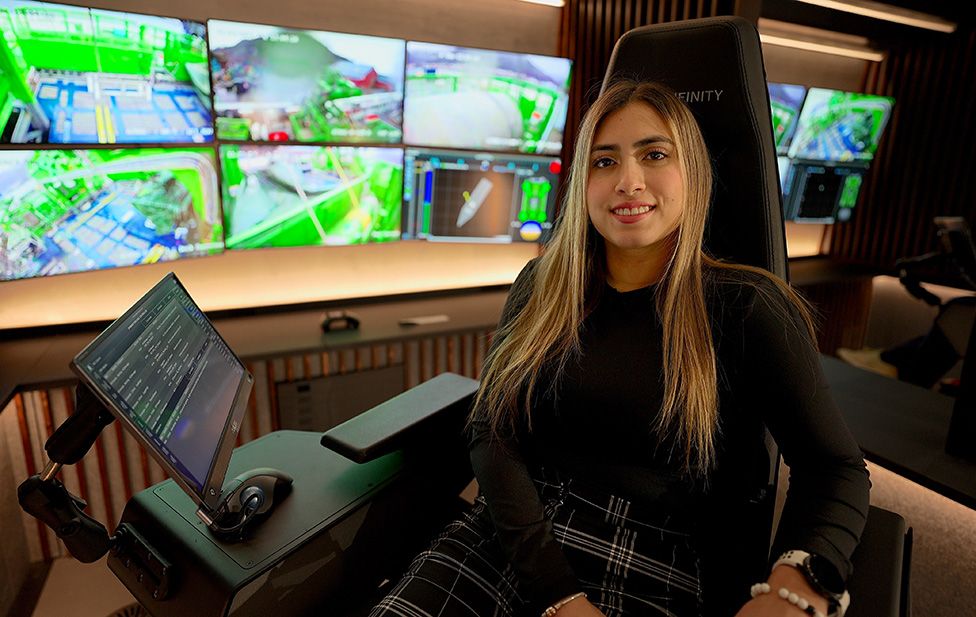
Entering the company’s remote operations centre in Southampton is like walking on to a futuristic film set. The dimly lit room is vast, and it’s filled with 20 “bridge stations”, each fitted with gaming-like controls and touch screens.
Operators sitting in their high-backed chairs watch a bank of monitors displaying a live stream coming from the ship’s cameras and a multitude of sensors.
A key test for this new way of working is commanding an underwater robot – or remotely operated vehicle (ROV) – to descend from the deck to scan the seafloor.
“It’s amazing how everything is automated,” says ROV trainee pilot Marian Meza Chavira. “In some ways it’s easier here than offshore because you have so many more cameras for context.”
Autonomy, robotics and remote operation, along with artificial intelligence, will transform all transport sectors. Maritime will be no different and experiments are under way around the globe.
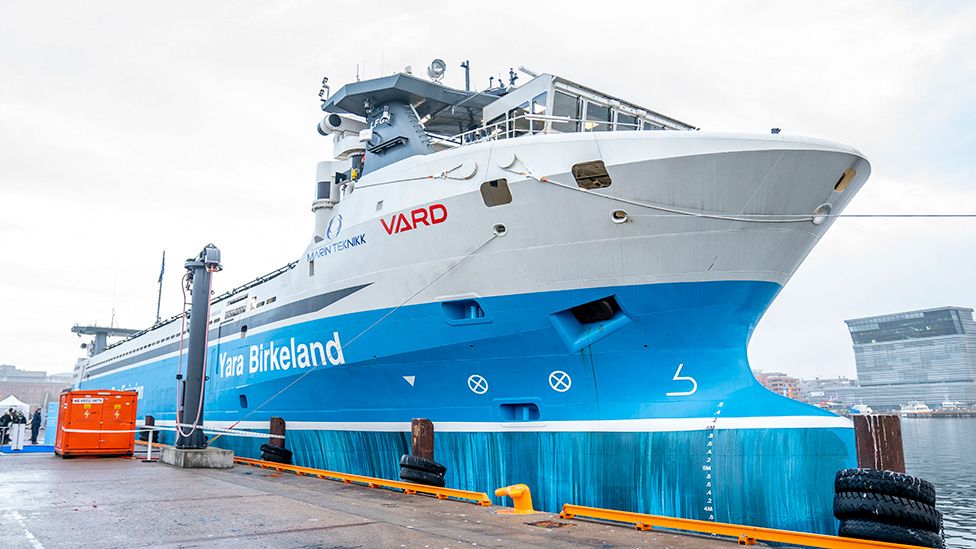
In Norway, for example, there’s an 80m (262ft) electric container ship running back and forth between a fertiliser plant and a local port. In Belgium and Japan there are ferries autonomously navigating between destinations, berthing and unberthing at each location. And in China, too, big autonomous container ships shuttle between coastal cities.
The advantages are obvious. With fewer people on board, ships can be smaller, which means they require less fuel and have a much reduced carbon footprint.
Rudy Negenborn researches autonomous shipping at Delft University of Technology. He says the hi-tech systems needed to fully replace crew are developing at speed but still have some way to go.
“We’ve had autopilots that let ships follow a path by themselves. That’s not so challenging. The challenges come when interacting with other traffic or a port, or when there are unforeseen situations or bad weather circumstances,” he said.
“But in the end, this is going to lead to safer, more efficient and more sustainable transport over water. I’m sure about that.”





